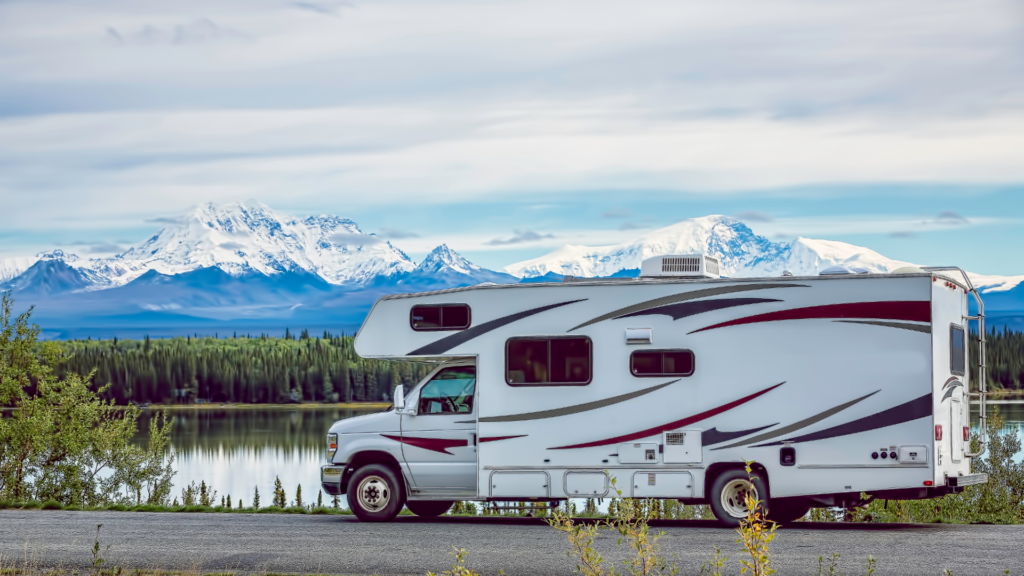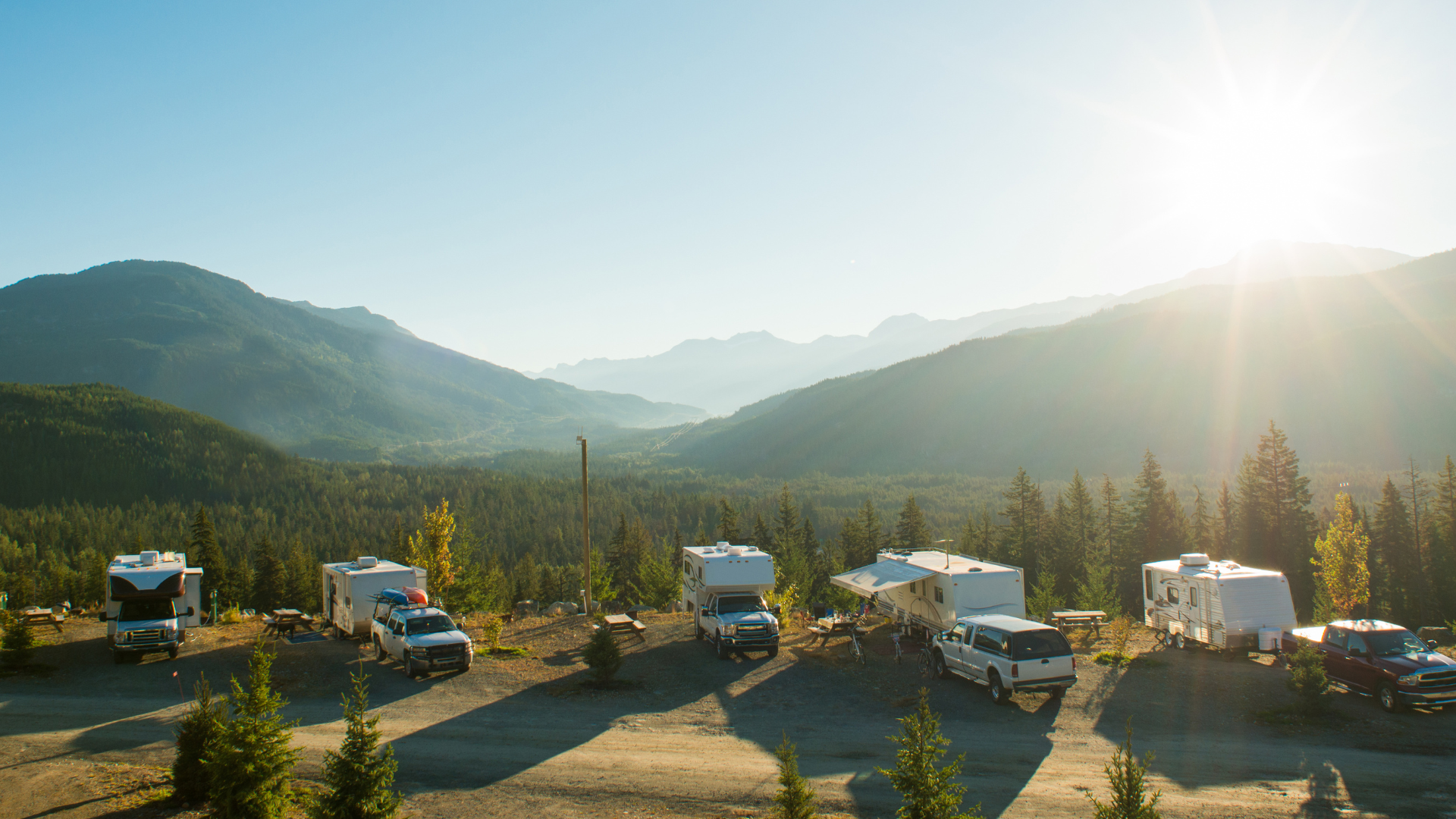Preparing Your RV for Storage
Clean the Exterior and Interior :
Thoroughly clean your RV, including the exterior and interior. Remove any food items to prevent attracting pests.
Inspect and Repair:
Check for any damage or wear and tear that needs to be repaired before storing your RV. This includes checking the roof, seals, tires, and other components.
Empty Water Tanks:
Drain the fresh water, gray water, and black water tanks. Flush out the tanks and add antifreeze to prevent any remaining water from freezing and causing damage.
Propane Tanks:
Turn off the propane tanks and close the valves. It’s also a good idea to remove any portable propane tanks and store them in a safe place.
Disconnect Batteries:
Disconnect the RV’s battery or batteries and store them in a cool, dry place. You can also use a battery maintainer to keep the batteries charged during storage.
Protect Against Pests:
Seal any openings where pests could enter, such as vents and access points. Use rodent repellent and traps to deter mice and other pests.
Protect Against Pests:
Seal any openings where pests could enter, such as vents and access points. Use rodent repellent and traps to deter mice and other pests.
Cover Windows and Vents:
Close all windows, doors, and vents securely to prevent water and pests from entering. You can also use RV covers or tarps to protect the exterior from UV rays, rain, and snow.
Storing an RV Outside for Winter:
Choose a Level Location: Park your RV on a level surface to prevent water from pooling and causing damage.
Use Tire Covers:
Install tire covers to protect the tires from UV rays and prevent them from dry rotting.
Elevate the RV:
Use leveling blocks or pads to elevate the RV off the ground slightly to improve drainage and reduce the risk of moisture damage.
RV Cover:
Consider using an RV cover designed for winter storage to protect the exterior from snow, ice, and freezing temperatures.

Storing an RV in Hot Weather:
Choose a Shaded Location: Park your RV in a shaded area or use an RV cover to protect it from direct sunlight, which can cause fading and damage to the exterior and interior.
Ventilation:
Ensure good ventilation inside the RV to prevent heat and humidity buildup. You can use vent covers to keep vents open while still protecting against rain and pests.
Tire Pressure:
Check and adjust the tire pressure as needed, as hot weather can cause tire pressure to increase.
Battery Care:
In hot weather, batteries can lose their charge more quickly. Consider using a battery maintainer or solar charger to keep the batteries charged during storage
Check Seals and Caulking:
Inspect the roof, windows, and other seals regularly and reapply caulk or sealant as needed to prevent leaks caused by heat expansion and contraction.
By following these guidelines and regularly checking on your RV during storage, you can help protect it from damage and ensure that it’s ready to hit the road when you’re ready to use it again.



This Is The Best Comment